 00:11:00
00:11:00
All numbers are not equal
An introduction to the various types of numbers which are recognised as important.
More details | Watch now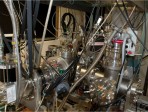 00:02:00
00:02:00
C60+ in space – a 28-year detective story about the Diffuse Interstellar Bands – Part 3
John Maier's team at the University of Basel solved the riddle of C60+ in 2015. In this brief view Colin Byfleet looks at the unique apparatus used in John's work.
More details | Watch now 00:03:00
00:03:00
C60+ in space – a 28-year detective story about the Diffuse Interstellar Bands – Part 4
The early (mid 1990s) work on the electronic spectroscopy was carried out by John Maier's group, trapping C60+ in a neon matrix in this apparatus.
More details | Watch now 00:02:00
00:02:00
C60+ in space – a 28-year detective story about the Diffuse Interstellar Bands – Part 5
It seems likely that C60+ will act as a stable site for a wide variety of adducts and that these entities will contribute to the Diffuse Interstellar Bands. John Maier's group in Basel is looking for species like C60(Fe)+.
More details | Watch now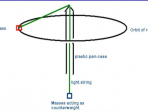 00:06:00
00:06:00
Centripetal force – how do we measure it?
A short video showing a simple classroom method of checking the way in which this force is related to mass, speed and radius.
More details | Watch now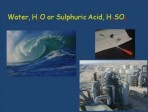 00:33:00
00:33:00
Chemical Equations – and how we construct them
An introduction into the writing down of fully balanced chemical equations. The process is explained starting with word equations, finding all the relevant formulas and then working with some useful rules for finding the correct coefficients in the b....
More details | Watch now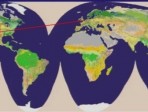 00:33:00
00:33:00
Communication on Earth, using Cables and Satellites
A brief look at the Physics behind sending signals along cables and via geostationary satellites. An experiment to measure the speed of an electrical pulse in a cable is described and the Physics of the orbits of communcations satellites is develope....
More details | Watch now 00:25:00
00:25:00
Communication with Space Probes and beyond
The main problems associated with communicating with distant space probes like Voyager 1 are investigated. The role played by diffraction in limiting the amount of power receivable on Earth is discussed. The further problems of reaching a nearby st....
More details | Watch now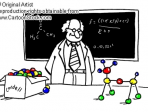 00:26:00
00:26:00
Constructing Chemical Formulas
An introduction to constructing and recognising chemical formulas. Using 20 well-known elements, the valency-rules which govern the atomic ratios are explained and used with several examples.
More details | Watch now 00:11:00
00:11:00
Crater Formation in Sand
A description and demonstration of the way in which craters formed by dropping objects into sand can be linked to some elementary physics
More details | Watch now 00:13:00
00:13:00
Estimation – Educated Guesswork?
How can we make sensible estimates of very large numbers? It is often very important to know the size of an unknown number, at least to within a factor of ten.
More details | Watch now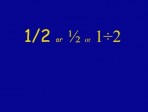 00:21:00
00:21:00
Fractions 1
How can we represent fractions in the simplest way? Equivalence of decimal and common fractions.
More details | Watch now

